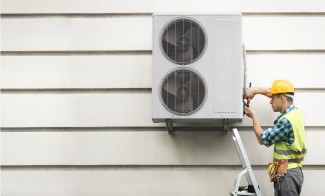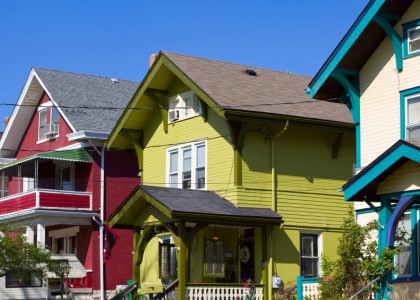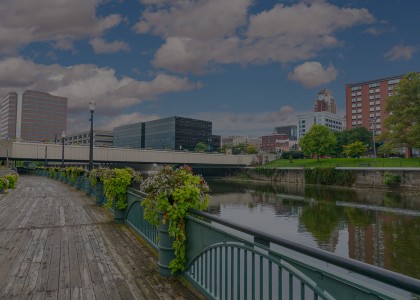Washington, DC—Gas and electric utilities have substantially increased energy efficiency investments for low-income customers in recent years, but most programs still serve a disproportionately small share of these households, according to a new report from the American Council for an Energy-Efficient Economy (ACEEE). About 27.5% of all U.S. households are low-income, but they receive only about 13% of electric and gas utility energy efficiency spending, showing the communities with the greatest need are not receiving equitable funding.
Among the 97 utilities reviewed in the report, average spending per eligible low-income household that received energy-saving upgrades in 2019 was $2,059. Across all eligible households—including those not served—spending per customer averaged just $35. At this rate, it would take 59 years to serve all low-income customers with the average level of efficiency services, and even longer to bring all low-income households comprehensive energy upgrades that can significantly reduce energy bills and cut greenhouse gas (GHG) emissions. Most utilities allow households with incomes at or below 200% of the federal poverty level to participate in low-income programs, though about a fifth of utilities reviewed had other eligibility criteria.
The 75 utilities evaluated in ACEEE’s last report on the topic increased their spending on low-income energy efficiency services between 2015 and 2019. Adjusting for inflation, average electric utility spending grew 8% (from $8.2 million to $9.6 million) and average gas utility spending grew 77% (from $7.6 million to $14.4 million).
“We are glad to see utilities increasing their efficiency investments for low-income households, but they’re still not providing adequate energy-saving help to many families that need it the most,” said Steven Nadel, executive director of ACEEE and coauthor of the report. “Though some utilities have made low-income households a priority in their efficiency programs, all of them need to work harder to serve disadvantaged households with energy upgrades that reduce utility bills and make homes more comfortable and healthier.”
The report found utilities are serving low-income households with a wide range of efficiency efforts, from low-cost measures such as providing LED light bulbs to programs funding comprehensive home retrofits that often invest more than $4,000 per household and substantially reduce energy costs and GHG emissions while making homes more comfortable.
“Measures like distributing LED light bulbs can serve many households and deliver large cost and emissions reductions in aggregate. But tackling the severe energy burdens that strain many families will require comprehensive energy-saving upgrades for a steadily increasing number of households,” said Diana Morales, research analyst at ACEEE and lead author of the report.
For the greatest impact on overburdened households, ACEEE’s report calls on efficiency programs to provide all low-income households with comprehensive energy upgrades over the next 20 years, an aggressive but feasible timeline that would serve 5% of low-income households annually.
Many low-income households cannot access energy efficiency services because of the up-front costs of repairs often needed before homes can participate, such as abating mold or asbestos or making roof repairs to ensure new insulation stays dry. To address this problem, the report recommends that utility-sponsored efficiency services be coordinated with other programs, such as state and local funding for improvements in affordable housing, and where possible, funding geared toward health and safety upgrades often needed in advance of high-impact services like weatherization. In one example featured in the report, Commonwealth Edison worked with Elevate Energy in Illinois to create the Energy Savers program, which has replaced heating and hot water units, installed air sealing, and added insulation in thousands of housing units in multifamily buildings across the Chicago area.
ACEEE’s report calls on utilities to take the lead in expanding efficiency services for low-income customers, while partnering with local community-based organizations to inform their program design. The report also recommends that utility regulators establish clear guidelines and evaluation metrics and advocate for robust budgets to support these programs.


